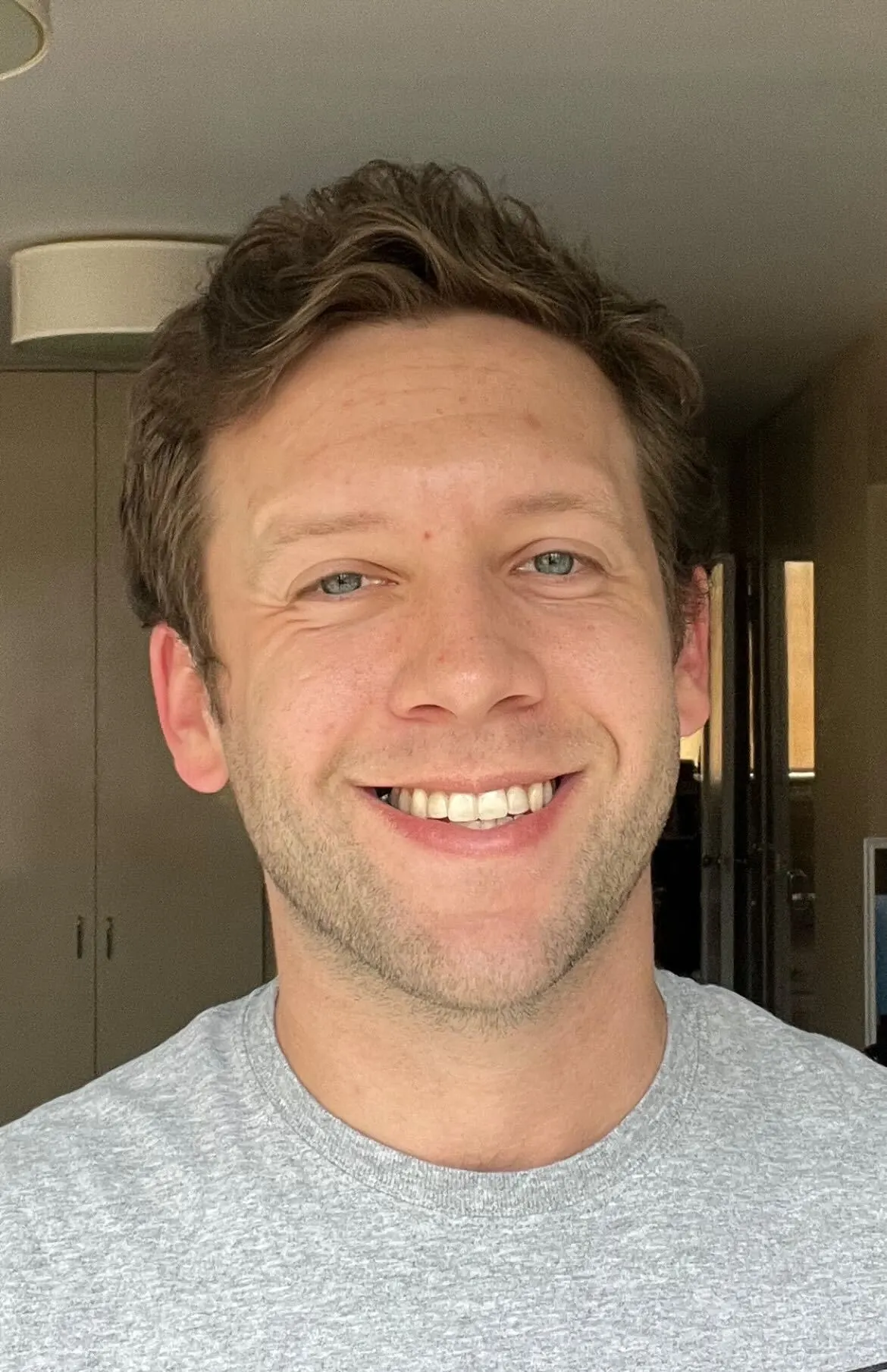
During the dog days of summer, there’s nothing like returning home, cranking the AC, and standing directly in front of the vent for a solid 30 minutes. But while it may tempt you to set the thermostat as low as possible during these warmer months, doing so isn’t such a great idea. In terms of personal comfort, nothing beats cool air flowing through the entire house. But setting the thermostat too low could force your HVAC system to work overtime, which may result in lofty utility bills and, over time, a stressed system. Here’s how to set your thermostat during the summer in order to properly balance comfort and affordability.
Prices are accurate as of June 3, 2024. Subject to change. All featured products and deals are selected independently and objectively by the author. Better Report may receive a share of sales via affiliate links in content.

Credit: Behnam Norouzi/ Unsplash+
The Ideal Temperature When Home
No matter the season, the World Health Organization recommends keeping household room temperature between 68 degrees Fahrenheit and 70 degrees Fahrenheit. It’s also important to avoid setting the thermostat below 64.4 degrees Fahrenheit, as doing so may force the HVAC system to work extra hard, which will add to the cost of your utility bills. But those are recommendations for more neutral climates, and the guidelines may differ amid the extreme heat of summer.
Interestingly enough, while you may assume that you should lower the thermostat on hot summer days, it’s actually recommended that you keep the device set at 78 degrees Fahrenheit. This is at least according to Energy Star, an energy-efficiency program run by the U.S. Environmental and Protection Agency. The hotter it is outside, the harder it is for your HVAC system to keep the interior of the house cold. So the lower you set the temperature, the more energy and money it will take to keep the home cool. 68 degrees is believed to be the ideal midpoint to keep interior temperatures at a comfortable level while also keeping monthly utility bills on the lower end. At the end of the day, personal preferences matter, and those who prefer colder temperatures may vehemently disagree with this recommendation.

Credit: tonchonlathorn/ Shutterstock
The Ideal Sleeping Temperature
At nighttime, you should lower the thermostat to between 60 degrees Fahrenheit and 67 degrees Fahrenheit in order to prioritize proper sleep health. That’s because the colder temperatures encourage the body to produce higher amounts of melatonin, a hormone that regulates circadian rhythm and leads to a deeper sleep.
The other reason to lower the thermostat temperature late at night is that it doesn’t cost as much to keep your house cool. Temperatures drop outside as soon as the sun sets, so your HVAC system won’t have to work as hard to combat the heat. The lower temps lead to a cozy night’s sleep without the added financial burden.

Credit: Pekic/ iStock
The Ideal Temperature When Not Home
When you leave the house to go to work or run an errand, it’s recommended that you raise the temperature of the thermostat by around seven degrees. That means if you keep it set at 78°F, then set it to 85 degrees Fahrenheit right before you walk out the door. This helps you save even more on your utility bills, as you won’t waste energy trying to cool a home without anyone inside. It’s not like you can’t turn it back down the second you walk in the door.
Returning to a hot home is obviously a concern, but you can alleviate those worries by investing in a smart thermostat that can be remotely controlled with your phone. Just log into the app on your way home, set the temperature back to around 78 degrees, and you’ll return home to a cozy environment.

Bennett Kleinman Staff Writer
Bennett Kleinman is a New York City-based staff writer for Optimism Media. He is also a freelance comedy writer, devoted New York Yankees and New Jersey Devils fan, and thinks plain seltzer is the best drink ever invented.
1,574 total views, 4 views today
